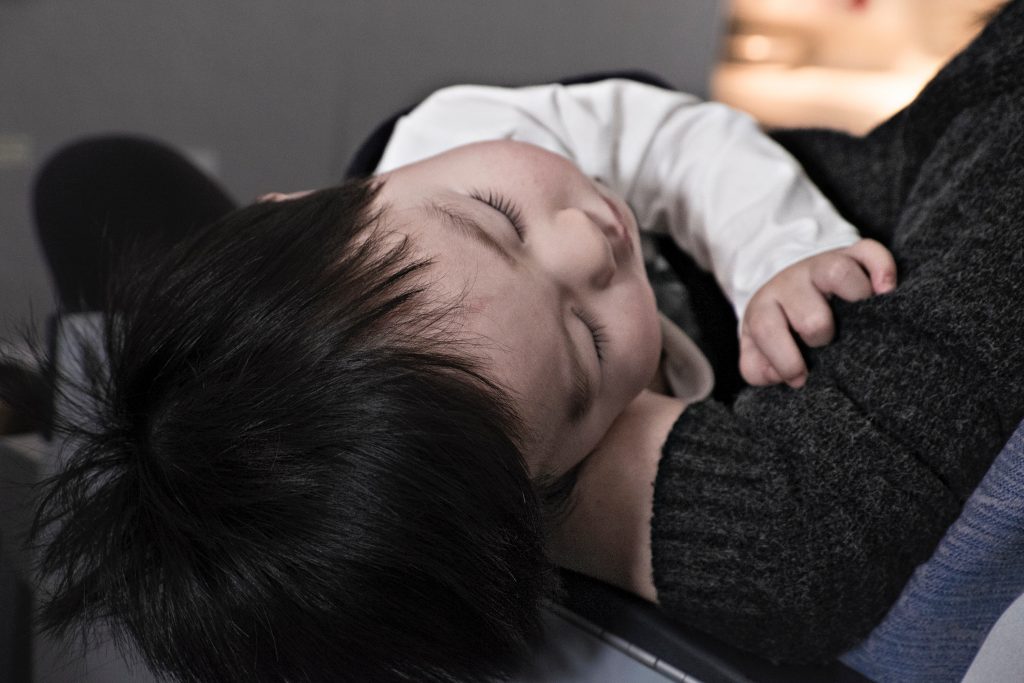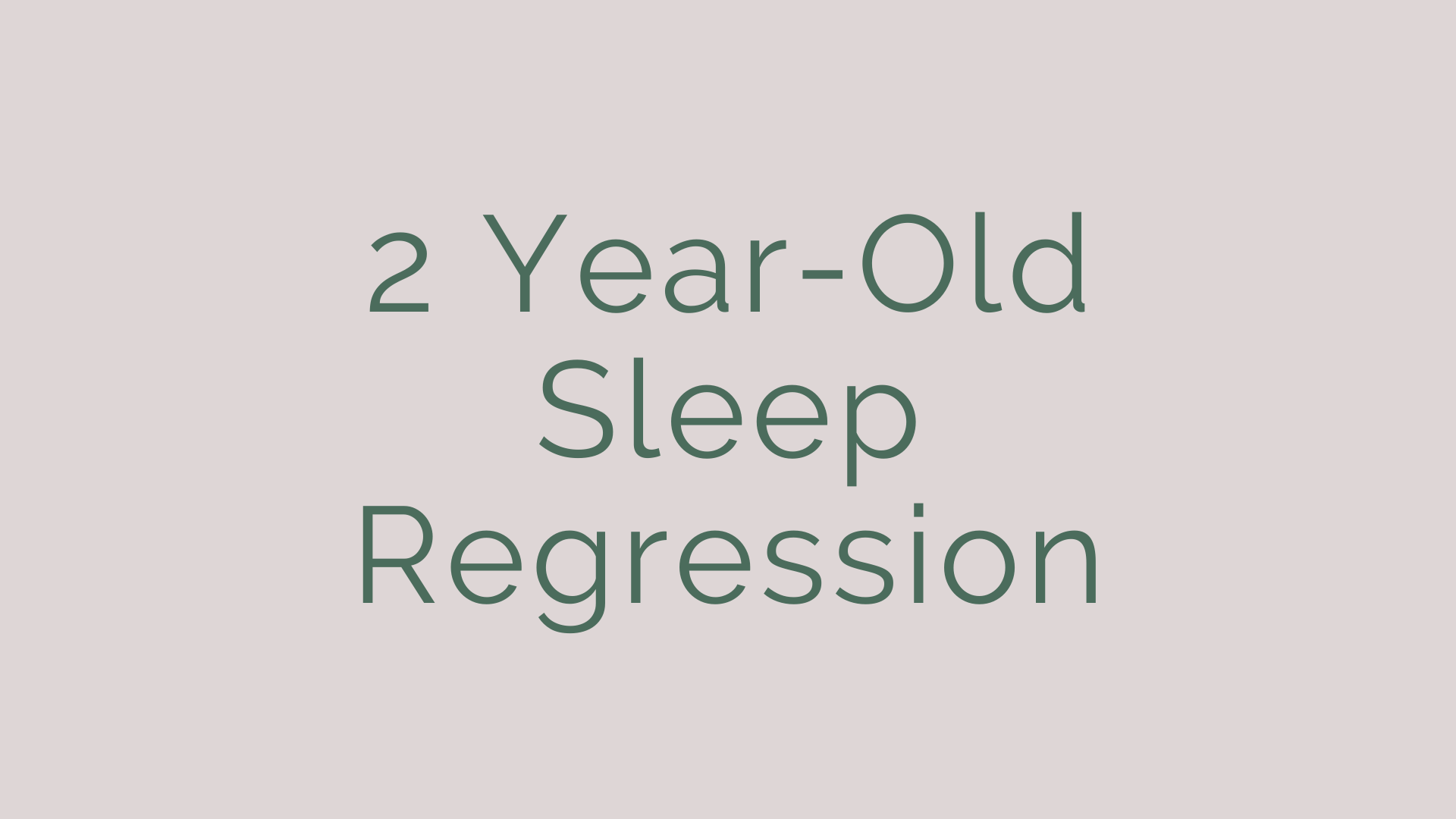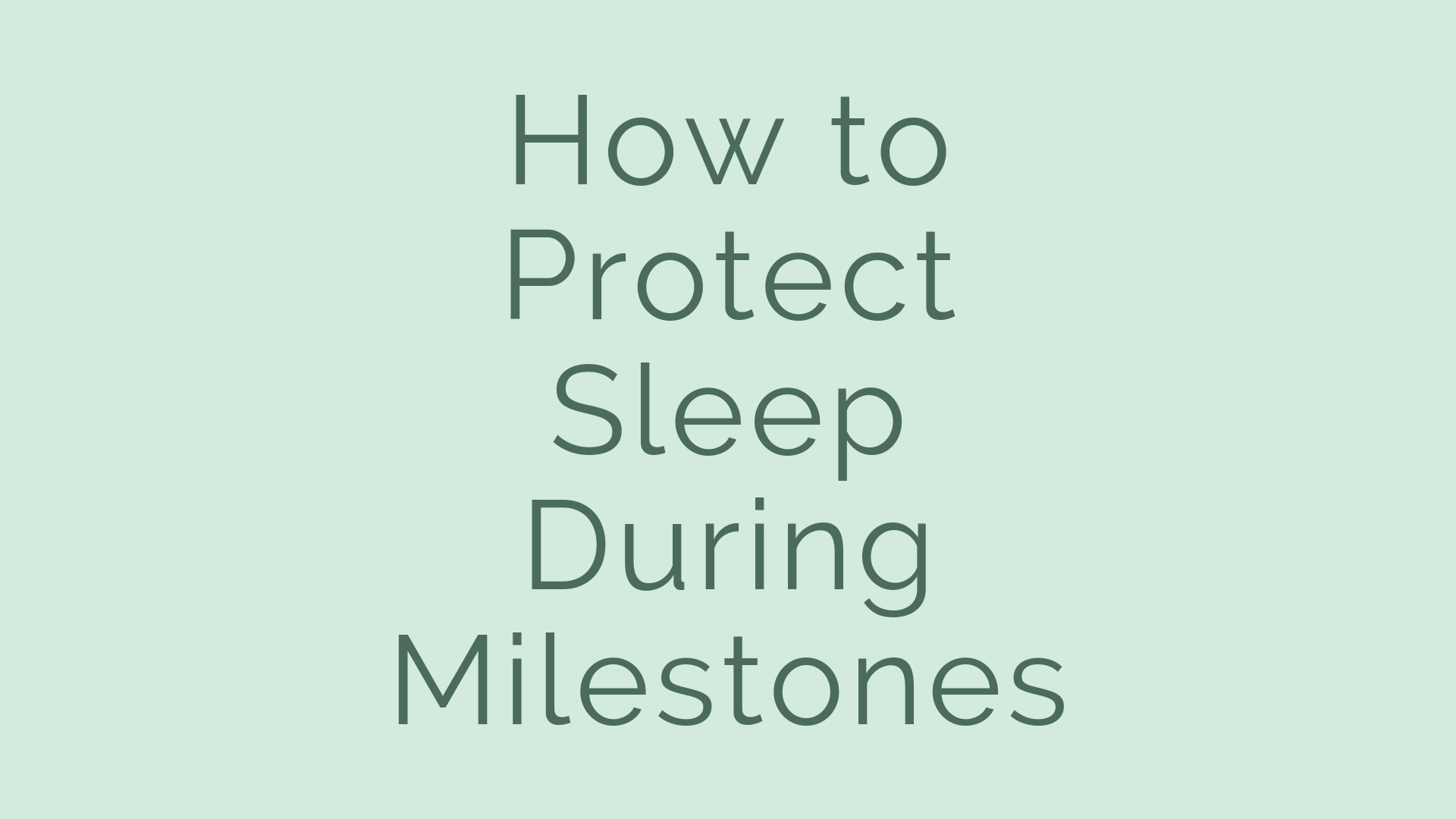I wrote a guest blog post for my good friend Jody Che. The article was specifically focused on the jet lag in kids associated with traveling to and from Asia. However, the basic information on dealing with large time zone changes while traveling is in there! Here’s the excerpt:
Lots of my clients are international travelers, and Asia is high on their must-see list. They may be going to visit family, or just to see that incredible part of the world with their kiddos. I am often asked about how to prepare a child sleep-wise for a trip to Asia …And then I often console and counsel that same frustrated and exhausted parent when they finally come back to the US. Here are some tips on dealing with your child’s jet lag when traveling to and from Asia.

Photo Credit: Laura Lee Moreau
Flying East:
Understandably, parents are extremely worried about how their little one is going to deal with the massive time zone change of 12-16 hours. Thankfully parents, you need not fear! This leg of the trip tends to be the easiest on kids. Not only do they arrive exhausted from their flight (and the associated lack of sleep), but this type of trip usually means a lot of extended family visits and excursions to tire them out.
1. Arrival in Asia – Day One: Try to keep your child awake as much as humanly possible until 6 or 7 pm local time
The hope is that your kiddo will go to sleep easily since they’re tired from the flight. And also from not being allowed to nap too much that day. Remember it will feel like the middle of the night for them. So while they may go to sleep easily, they’ll almost certainly wake up 4-6 hours later feeling ready to start the day.
On night one, I’d suggest getting up with your baby, and hanging out with them for a few hours. You’ll feel like getting up too since your body will think it’s the morning. As soon as you see a yawn, put them back down, and hope they sleep through for a few more hours bringing you to local morning time.
2. Day Two: Do not allow your child to nap more than 2 hours total if they’re down to one nap. Or more than 3 hours total if they’re still taking multiple naps.
Your kiddo will want to sleep more than anything else during the day, but do not let them. Again, once they hit 7 pm local time, they will be ready for sleep. They’ll likely sleep a bit longer that night. Maybe not through to 7 am local time, but more like 3 or 4 am. When they wake, get them up for a while, but try to keep them in as little light as possible. Then put them down again when they show sleepy signs.
3. Make sure you wake them up no later than 7 or 8 am local time to start their day
Try to get them to stay awake as much as possible between the hours of 6/7 am and 6/7 pm. This way their brain will want to sleep between the hours of 6/7 pm and 6/7 am.
4. Lots of sun exposure
The sun is responsible for regulating not only your Circadian rhythm (which causes a person to sleep long periods at night and be awake long periods during the day), but also your melatonin output. The more direct the sun exposure, especially early in the day, the faster your baby will get back on the correct time zone!
All the points above will help your child adjust to local time within a few days tops!
Flying West
Here’s where the real party begins. And when I say party… I mean all night, “Party at my crib at 2 am,” where “crib” is a physical crib, and not an early 2000’s MTV reality show.
What you may find is that once you get back to the States, your little one tries to wake up to start the day in the middle of the night. (Between 12 am and 3 am.) To them, 3 am may feel more like dinner time in Asia, so their tummies might be waking them up. So what to do?
1. On the first night home, I recommend that you simply allow your child to get up and start the day at whatever time they wish, even if it’s 3 am.
2. During the day, limit daytime sleep, and try to start their naps to as close to their scheduled times as possible.
If your baby normally naps at 9 am and 1 am, then do everything you can to not put them down for a nap before 9 am. Even if they woke up to start the day at 4:30 am. If your toddler normally naps at 1 pm, then try to put them down as close to 1 pm as possible.
Slowly, but Surely…
Keep in mind that this can still be a somewhat gradual process. On day 1 or 2, perhaps the closest you can get to putting them down at their scheduled nap times is within 2 hours of when they’re supposed to start.
Remember, daytime nap limits apply. 3 hours for nappers who nap more than once a day, and 2 hours for nappers who nap only once each day. Enforce these nap time limits. Your little one will want to sleep more during the day – do not allow them to do so.
3. Push bedtime to occur no earlier than about 6 or 6:30 pm regardless of how naps went that day.
You don’t want to allow your child to enter nighttime sleep until as close to a typical bedtime as possible. If you allow them to go to bed earlier, say around 5 pm, you are going to cause them to wake and want to start their day about 12 hours later. Since we want them to wake at 6 am or after to start their day, bedtime needs to happen no earlier than 12 hours before your desired morning wake up time.
A Final Note: To Parents Who Have Sleep Trained Before This Trip…
If you’re a mama (or papa) that has done some sleep training in the past, and/or your kiddo is accustomed to hanging out on their own a bit in the morning before you go to them, then I’d also suggest starting each day an hour later than the previous day. If your baby wakes to start their day at 3 am the first night you are back, make sure that the next night you don’t set foot in their room until 4 am. Even if they’re awake at 3 am. The next morning, go in at 5 am, but not earlier. And on and on until you’ve hit your desired wake time.
Regardless of whether you are the one to determine the start of the day, or the baby is, by putting them down for bedtime around 6 or 7 pm local time and making sure their naps don’t start until their scheduled times (and don’t last more than the limits outlined above), baby should be back to their normal schedule in no time at all.
If you want to learn more about getting your baby on an age-appropriate sleeping schedule, and how to deal with sleep regressions (especially after travel!) – sign up for my newsletter!





Hi Natalie,
I wanted to say thank you, because our baby is probably one of the most well trained in sleep training by following your book. She started and four months and am now 7.5months. She has a very good environment to sleep in at home and goes to sleep almost instantly once I put her down and leave her room. Her sleeps are 15-16hours a day and that makes me the happiest mom and her the happiest baby every day. She never cried until…
Now! We are on our Thanksgiving trip from Japan to DC. It’s the second day we are here and she’s been having a hard time to sleep since the first night we arrived. In an effort to limit her naps during the day, we have been out and she probably gets two hours max over two to three naps vs 3-4 hours total at home. For nights, she gets 12hours overnight at home in Japan but the past two days in DC she only got 3-4 hours! The jetlag is so difficult for her to adjust that I am on the verge of giving up. Normally she wakes up happy and will stay in her crib quietly and just play with her feet or on tummy until I get her (which could be 10-20mins). But in DC the past two days, day or night, she would wake up in 20mins-40mins and cry her lungs out. We’ve tried waiting for 20-30mins but she never stopped crying hard or go back to sleep. She cried instantly as she wakes as if she’s had a nightmare and would even continue once she’s been pick up and in our arms. Her eyes are puffy and with black eyes because of this trip.. It aches my heart. Right now it’s 11pm on Japan and 9am in DC.. She’s down for another nap but to her it’s night time sleep. I’m hesitant to get her up at the two hours mark.. 🙁 this hour has been her longest nap because she thinks it’s finally bed time.. what do you recommend? Please Help!
Don’t give up!! It’ll be worse if you do <3 Simply keep at it, even if it's hard, and by Sunday she should be in a much better place. I would treat and comfort her crying as you see fit, and follow the sleep guidelines above. There is simply no other way <3 Make sure you follow the nap limitations outlined above.
Thanks Natalie,
If we are going back to Asia on Dec 7th, would you still change her jetlag?
Yes 🙂 That’s quite a while away. It will be torturous either way whether you adjust her or not, but this will be faster with less crying over all.
Hello,
Thank you for this article, my baby has been waking up at 11pm or midnight and wanting to stay up . He will sleep if rocked to sleep or nursed to sleep, but gets up every hour to be fed or rocked to sleep and does go back to sleep but requires a long feed or long duration of rocking. It’s not sustainable because we need to do this the entire night for him to sleep.
Please help !!